I have written previously about the background of Gymkhana, which is a wildly successful part of the JKS restaurant empire. This group has expanded to around thirty separate restaurants, including Trishna and Ambassador’s Clubhouse amongst other places. The head chef here since late 2016 has been Siddharth Ahuja, who previously worked with the Oberoi hotel group in India.
There is an a la carte offering (chicken tikka at £26, venison biryani at £42, side dishes at £12.50) but we opted for the tasting menu, which was priced at £155. This began with crisp popadoms and a range of chutneys. The first course was a choice of either aloo chaat with tamarind and sev, or Amritsari shrimp, lobster & queenie scallops with dill raita. The chaat was very enjoyable, having a nice balance of textures and flavours, though I have to say that the one I had at Rasa a few days earlier had the edge (14/20). The fried seafood was good, being carefully cooked (15/20).
The next course offered a choice of either gilafi quail seekh kebab with mint & mustard chutney, or kid goat methi keema, salli and pao. Gilafi is a type of seekh kebab coated in vegetables. This had plenty of flavour, the quail excellent (15/20). The kid goat keema had minced goat with plenty of fenugreek flavour, garnished with salli, which are deep fried potato matchsticks, a Parsi dish. On the side was pao, a soft bread roll. Pao was introduced to Indian by the Portuguese but is a popular accompaniment to snacks, especially in Mumbai. The flavour of the goat was excellent, with the fenugreek bringing its distinct flavour to the dish, and the crisp potato and soft bread providing a range of textures (16/20). Tandoori masala lamb chop came with walnut chutney. The tandoori lamb chop was generous in size and had a tasty marinade but the meat inside was overcooked, without even a hint of pinkness when it was cut open. It was also, even for me, a touch salty (barely 13/20).
The final savoury course that followed was an option of wild venison biryani, pomegranate & mint raita or chicken butter masala. These came with dal maharani, saag makai, a bread basket and basmati rice. The biryani came with its pastry case that was cut open at the table, releasing the aromas trapped inside. I always like this theatrical touch but the venison itself was not particularly inspiring in flavour (14/20). Much better was butter chicken, this being rich but not overwhelmingly so, and the chicken being nicely cooked (16/20).
Desserts were saffron and pistachio kulfi, falooda with cardamom and basmati rice kheer. These were all very pleasant, if not especially memorable (14/20). Finally, there were petit fours to go along with the coffee, which was from Workshop Coffee roasters. The petit fours were candied fennel, chocolate truffle and kaju kati barfi.
Service was good, with our (South African) waitress being particularly switched on. The bill came to £474 per person, but that was with some expensive wine. A typical cost per person might be £140 or so if you ordered a la carte. Gymkhana is a very popular restaurant, an 80-seat restaurant doing 180 covers a night on average. We went on a Sunday night and tables were being turned all around us. It is clearly doing very well, but the second star seems hard to really understand if you compare the cooking here with the food at, say, Benares (one star) or Koyal (no stars).
Further reviews: 12th Sep 2024 | 24th Feb 2020 | 25th Sep 2015 | 23rd Oct 2013












































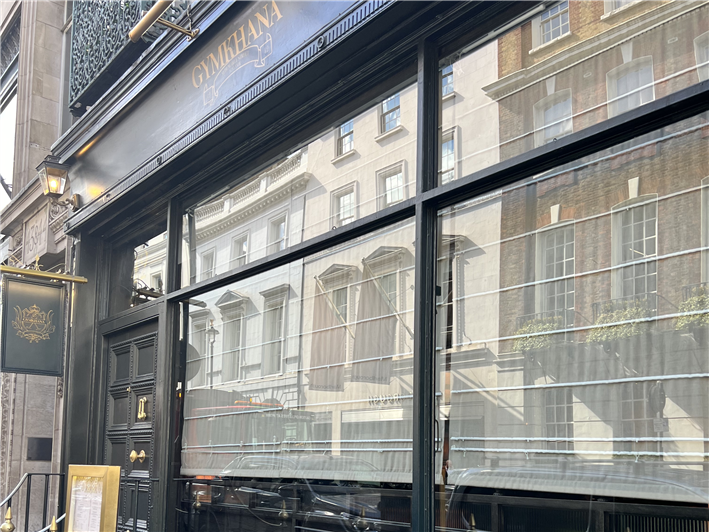

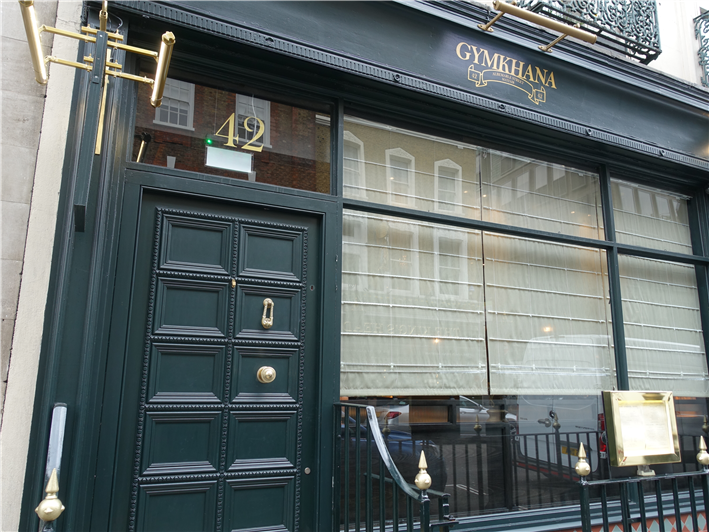
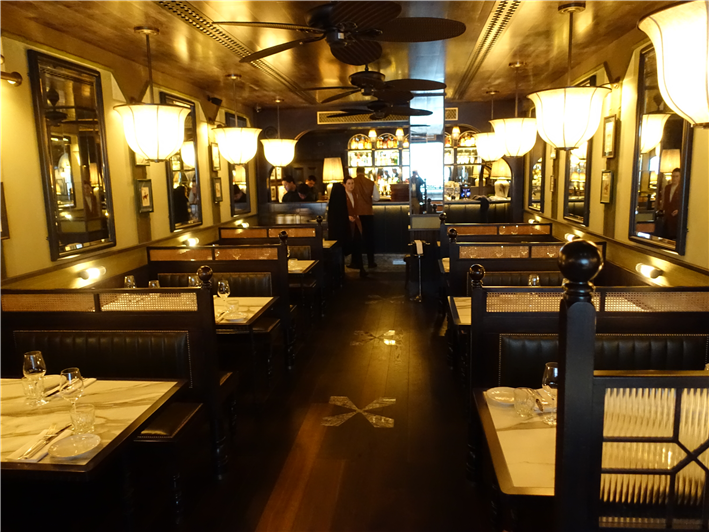
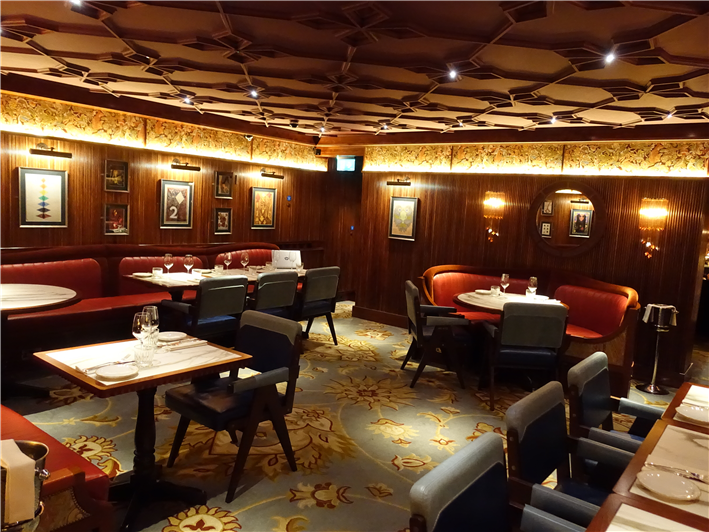

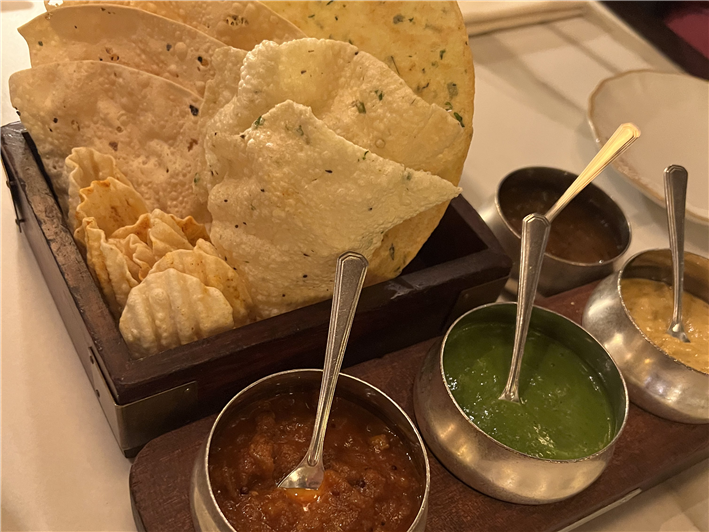

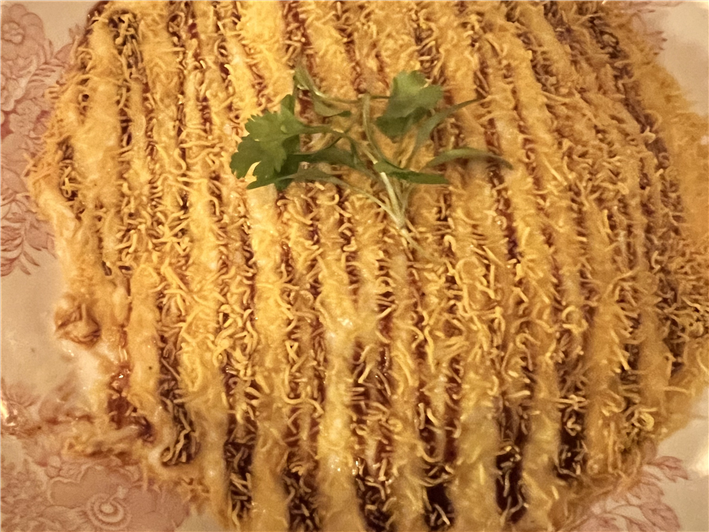
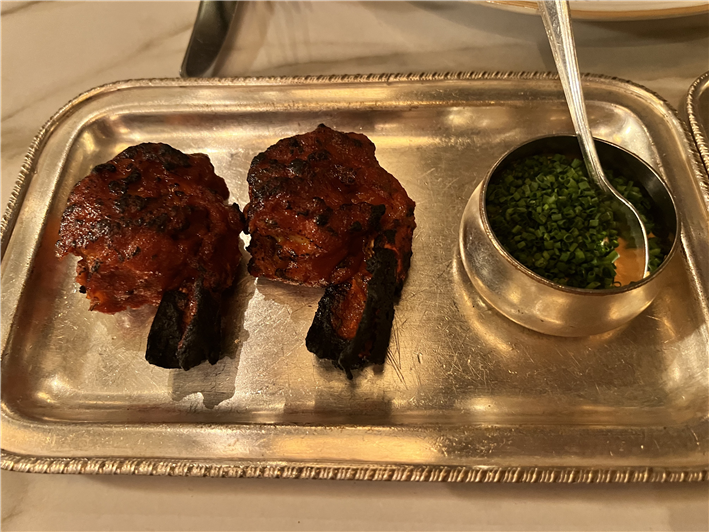
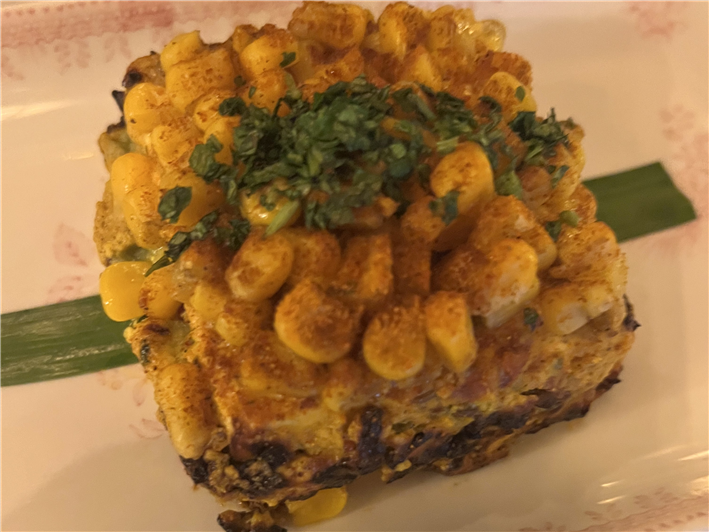
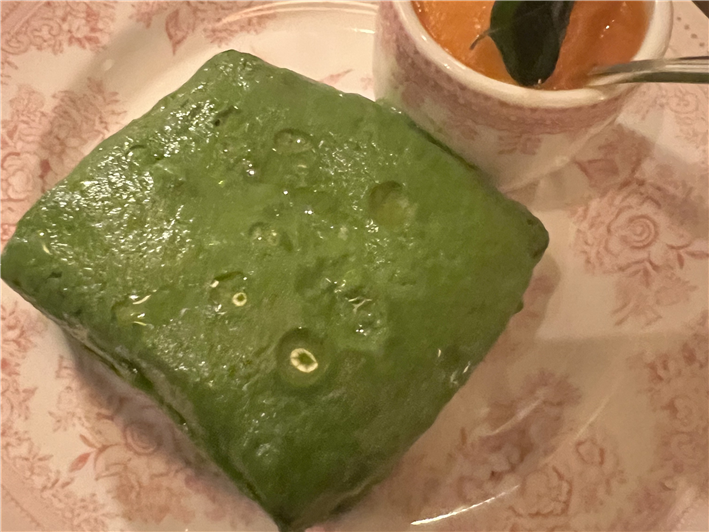




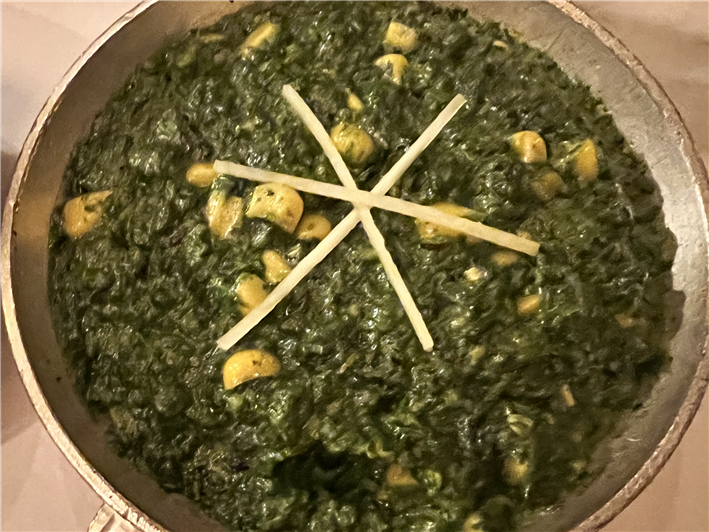
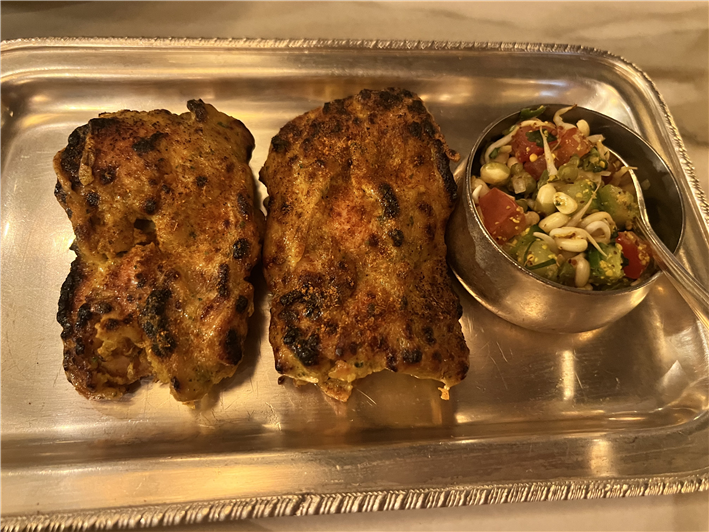




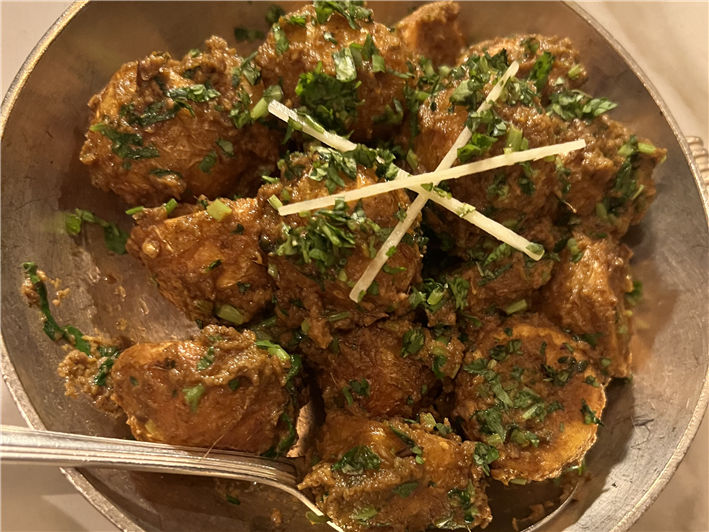
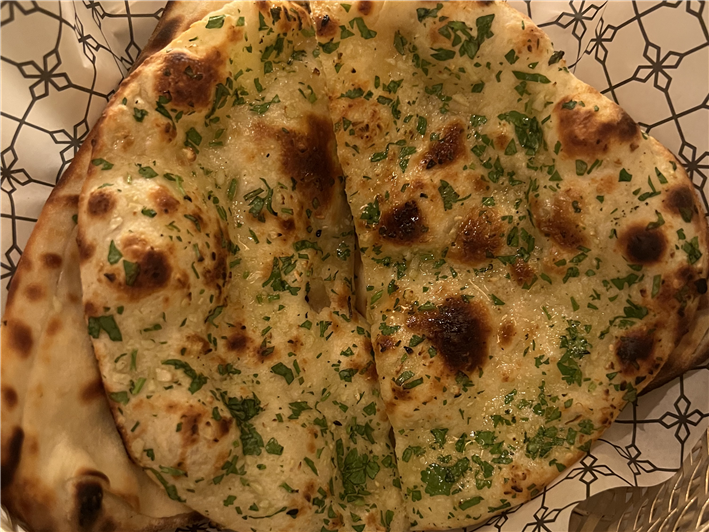
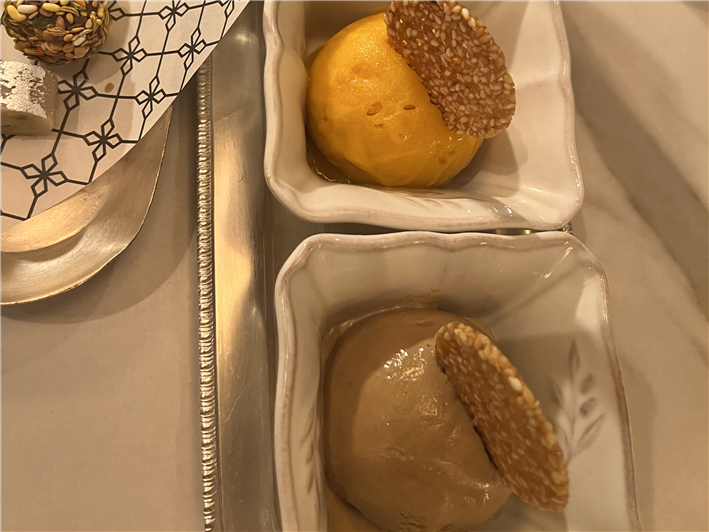
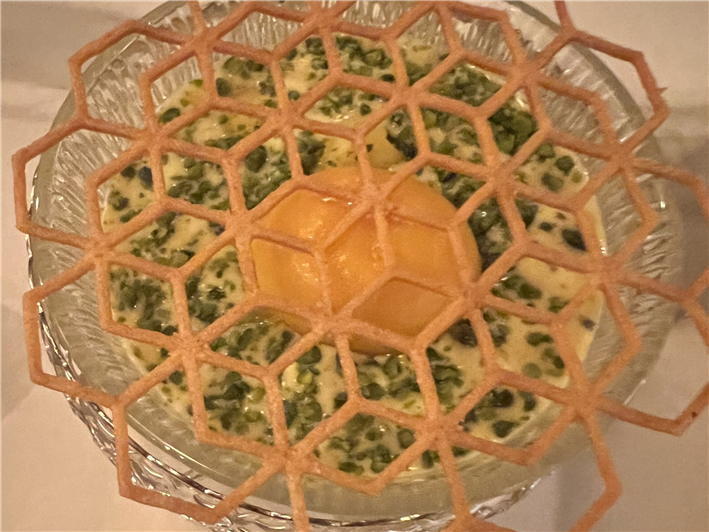
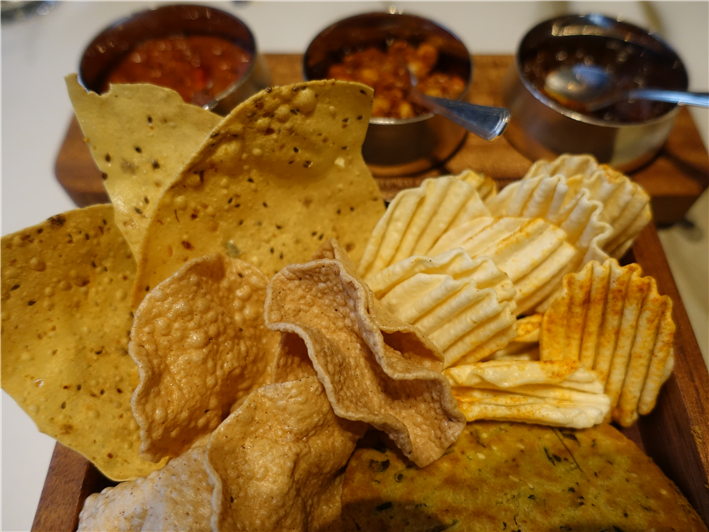

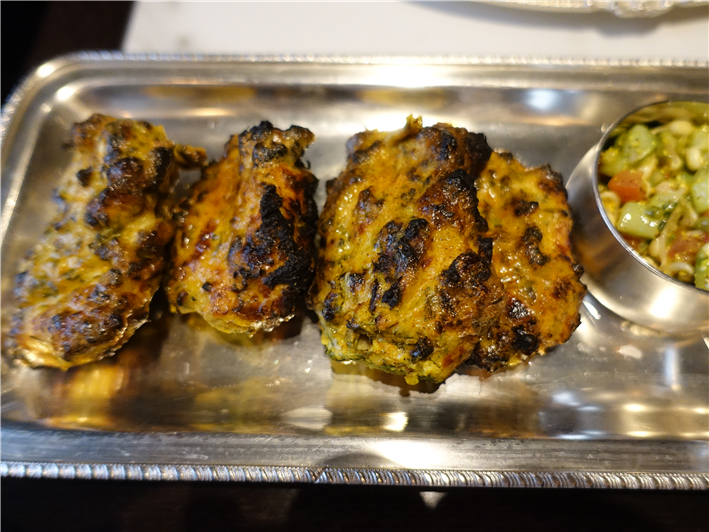

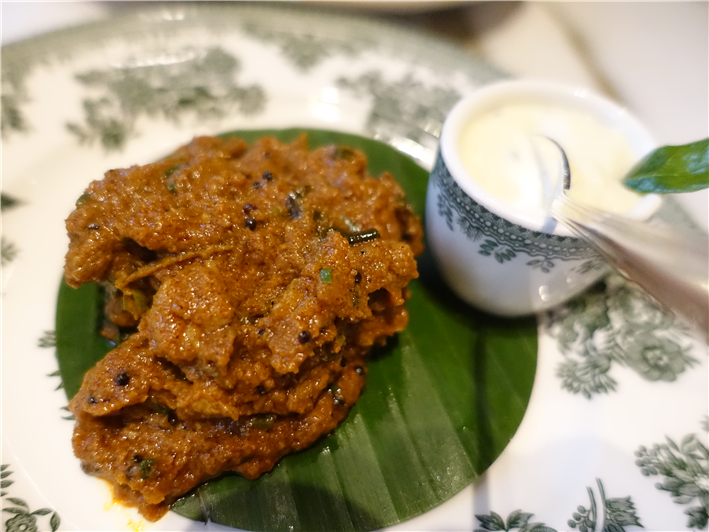

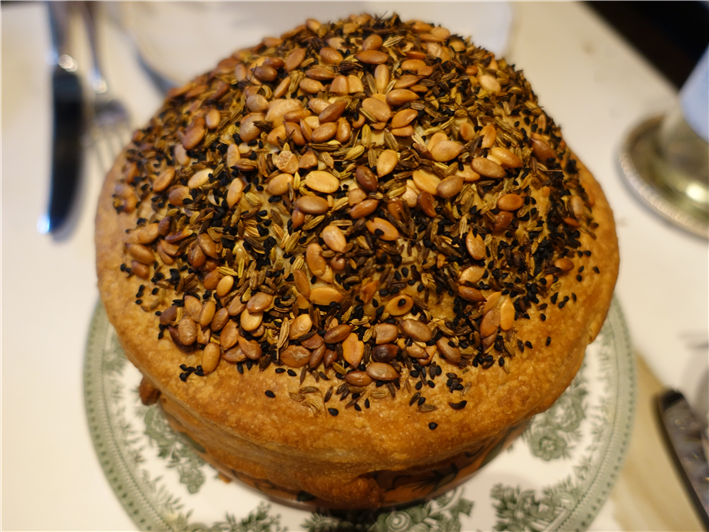
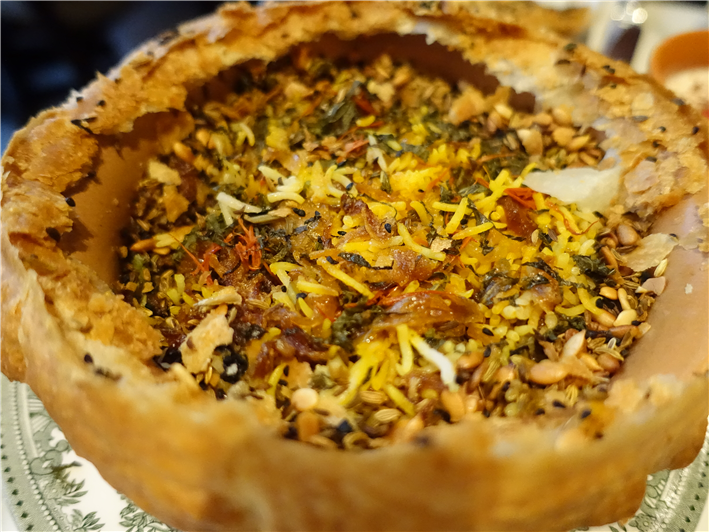

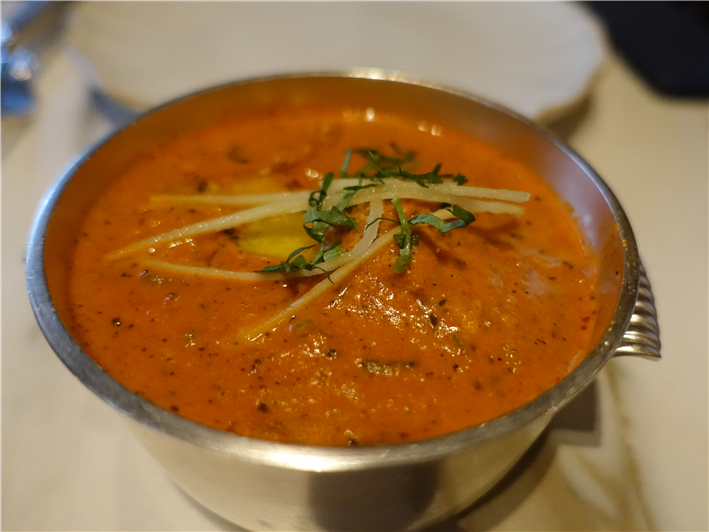
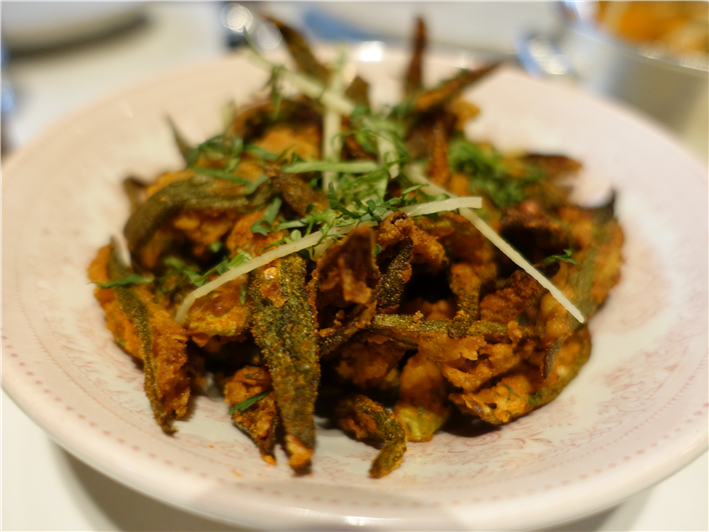
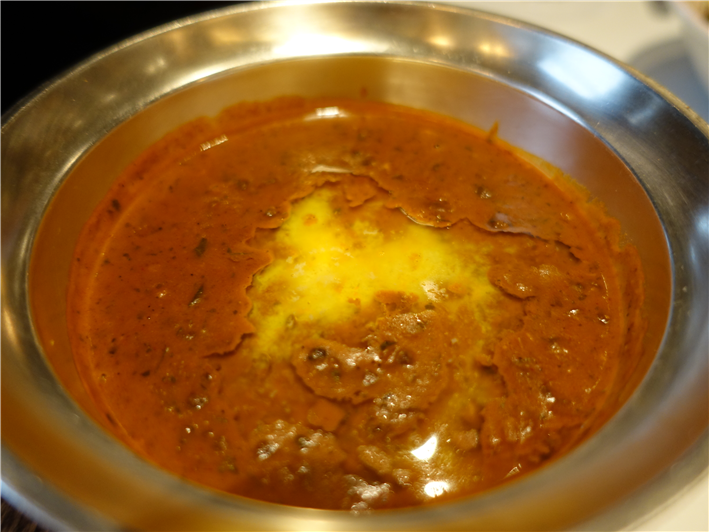
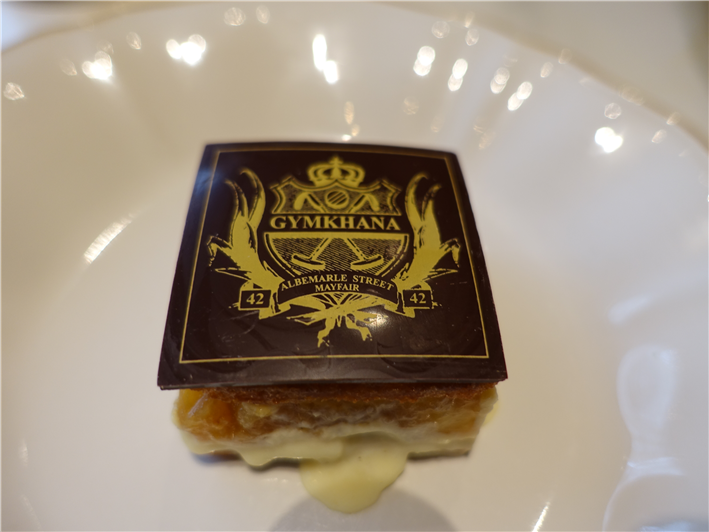


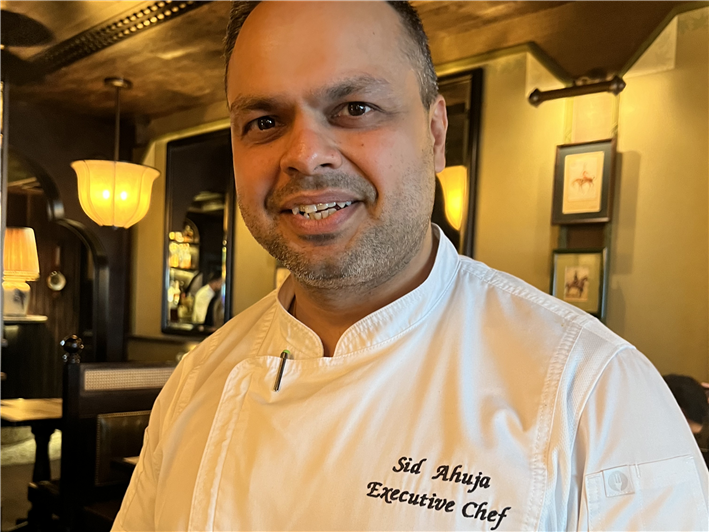
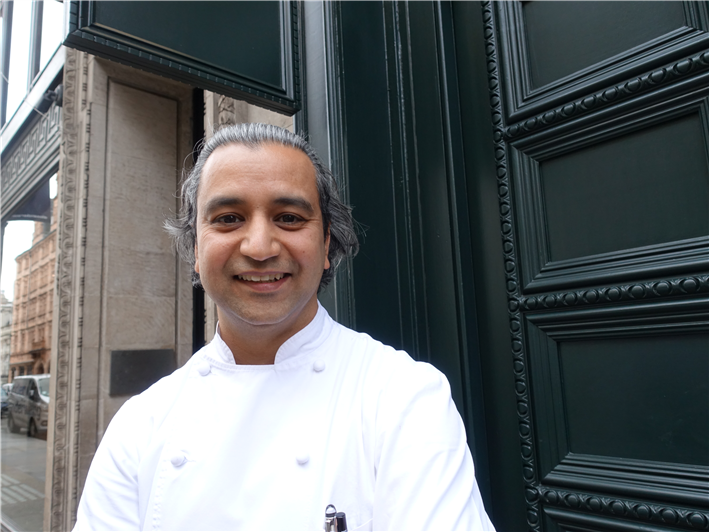

Add a comment
Thank you for submitting your comment, this will be checked and added to the website very soon.
User comments